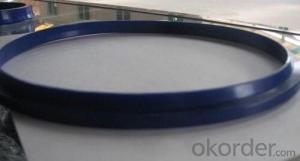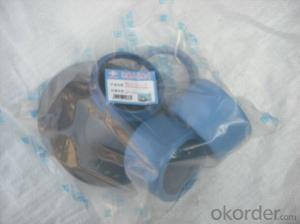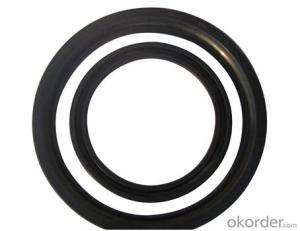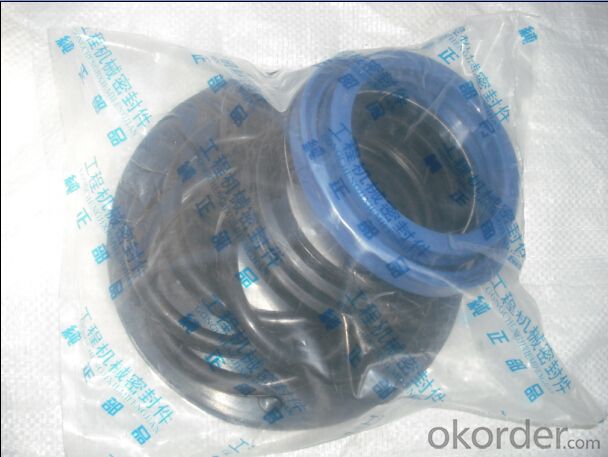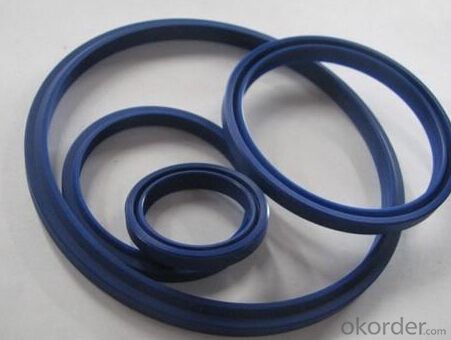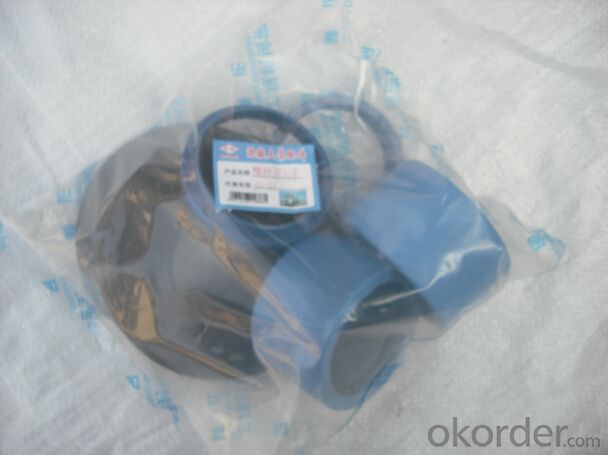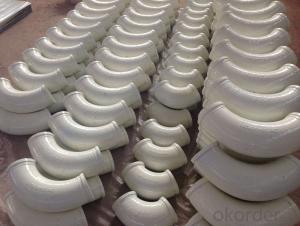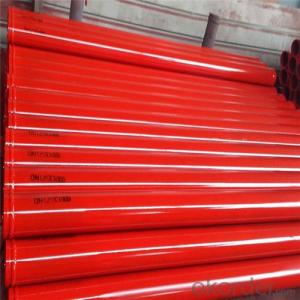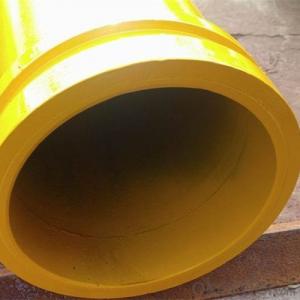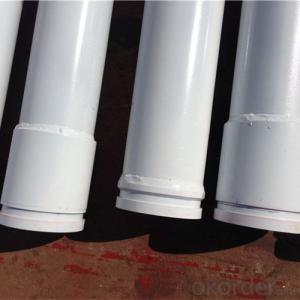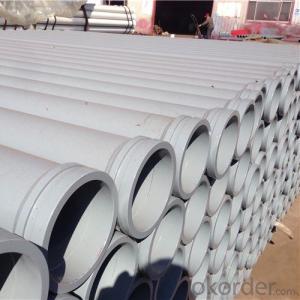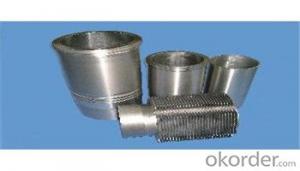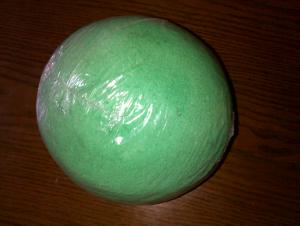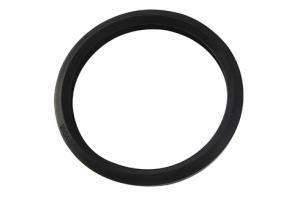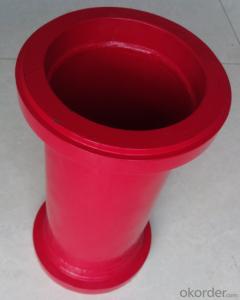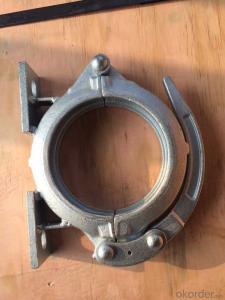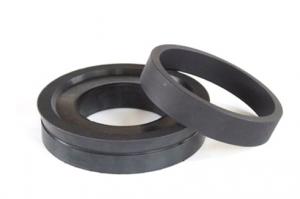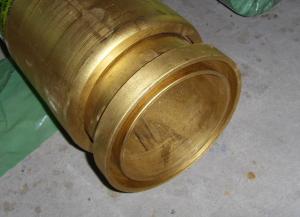ZOOMLION 80 SEAL KIT FOR CYLINDER HIGH QUALITY
- Loading Port:
- Tianjin
- Payment Terms:
- TT OR LC
- Min Order Qty:
- 10 set
- Supply Capability:
- 500 set/month
OKorder Service Pledge
OKorder Financial Service
You Might Also Like
ZOOMLION 80 SEAL KIT FOR CYLINDER HIGH QUALITY
Specifications
Name: Concrete Pump Zoomlion seal kit
colors:black,blue,brown and so on
materials:NBR,BR,NR,SBR and EPDM
Concrete pump zoomlion seal kit for upper housing
seal kit for agitator motor
seal kit to outer housing
seal kit for discharge pipe
seal kit for delivery cylinder
seal kit for plunger cylinder
Seal kit for main cylinder
SEAL KITS PUTZMEISTER,SCHWING, SANY, ZOOMLION
SPARE PARTS FOR CONCRETE PUMP
--AGITATOR MOTOR
--S TUPE FOR 80&90
--MIXER SHAFT
--MIXER FLANGE
--ROCK VALVE
--PLUNGER CYLINDER
--SLEWING SHAFT
--SEAL KITS FOR CYLINDER
--DELIVERY PIPES & ELBOW
--DELIVERY PISTON RAM
--CLAMPS FOR SCHWING AND PUTZMEISTER
--SCHWING SPARE PARTS
--PUTZMEISTER SPARE PARTS
--CIFA SPARE PARTS
--KYOKUTO SPARE PARTS
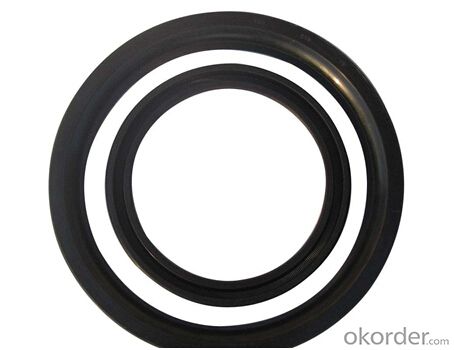
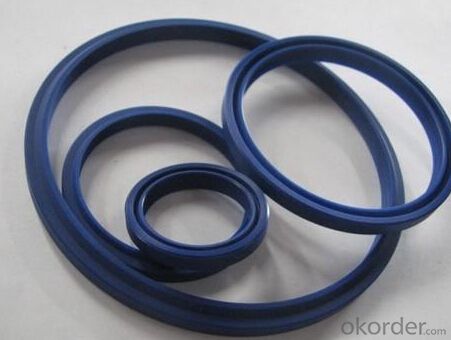
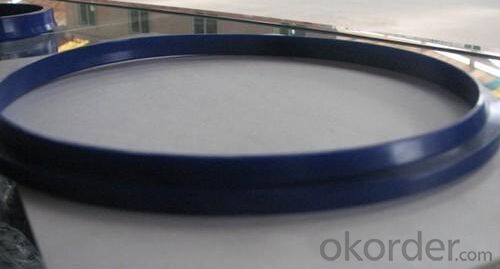
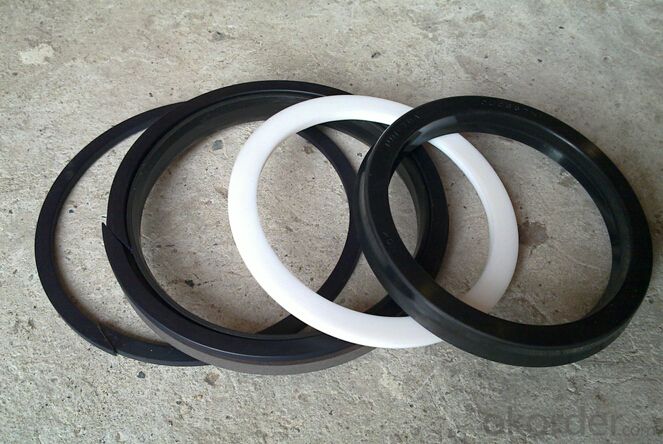
- Q: Can I get spare parts for both concrete pumps with and without emergency stop systems?
- Yes, you can get spare parts for both concrete pumps with and without emergency stop systems. Most manufacturers and suppliers of concrete pumps offer a wide range of spare parts that are compatible with various models and types of pumps. These spare parts include components like hoses, pipes, valves, seals, and other essential parts that may need replacement due to wear and tear or damage. Whether your concrete pump has an emergency stop system or not, you should be able to find the necessary spare parts to keep your pump running smoothly. However, it is important to note that the availability of specific spare parts may vary depending on the brand, model, and age of your concrete pump. To ensure you get the right spare parts, it is advisable to consult the manufacturer or supplier of your concrete pump. They can provide you with a comprehensive list of spare parts and guide you in selecting the appropriate ones for your specific pump. Additionally, they may also be able to assist you with any technical support or troubleshooting related to your concrete pump.
- Q: What is the name of the pump for concrete transportation?
- The power of the concrete pump truck engine power is transmitted to the hydraulic pump or rear axle through the power transfer case, push the piston to drive the hydraulic pump concrete pump. Then use the pump cloth on the rod and delivery pipe, the concrete delivery to a certain height and distance.
- Q: Are there any specific guidelines for the installation of pipe or hose assemblies in concrete pump spare parts?
- Yes, there are specific guidelines for the installation of pipe or hose assemblies in concrete pump spare parts. These guidelines ensure proper installation techniques are followed to ensure the assemblies are securely and correctly installed. It is important to consult the manufacturer's instructions and adhere to industry standards to ensure optimal performance and safety of the concrete pump spare parts.
- Q: What is the purpose of a concrete pump wear plate?
- To safeguard the pumping system against the abrasive characteristics of concrete, a concrete pump wear plate is employed. In the course of transferring concrete from the mixer to the construction site, the wear plate acts as a shield, preventing direct contact between the pumping system and the abrasive concrete. Consequently, the detrimental effects caused by the constant flow of concrete are minimized. The wear plate is typically constructed from durable materials such as hardened steel or tungsten carbide, which possess resistance against the abrasive forces exerted by the concrete. By implementing a wear plate, the lifespan of the pumping system is significantly prolonged, thereby reducing the frequency of repairs and replacements. Ultimately, the objective of a concrete pump wear plate is to ensure the efficient and dependable operation of concrete pumps by safeguarding and preserving the integrity of the pumping system.
- Q: How can one store and handle concrete pump spare parts to maintain their quality?
- To maintain the quality of concrete pump spare parts, it is crucial to store and handle them properly. Firstly, these spare parts should be stored in a clean and dry environment, away from moisture and direct sunlight. They should also be protected from dust and debris by using suitable covers or packaging. Additionally, it is important to handle them with care, avoiding any rough or improper handling that could cause damage. Regular inspection and maintenance of the spare parts should also be conducted to identify any signs of wear or corrosion, ensuring they are in optimal condition when needed for use.
- Q: How can the concrete pump pipe be cleaned?
- Take some concrete out of the first straight pipe and connect with the air wash joint. The joint shall be filled with sponge balls soaked in water. The inlet, the exhaust valve and the compressed air hose shall be installed on the joint.
- Q: Can I get spare parts for both single-cylinder and multi-cylinder concrete pumps?
- Yes, spare parts are available for both single-cylinder and multi-cylinder concrete pumps.
- Q: What is the purpose of a concrete pump cylinder?
- The purpose of a concrete pump cylinder is to provide the necessary pressure and force to push the concrete mixture through the pumping system and into the desired location, allowing for efficient and precise placement of concrete in construction projects.
- Q: When concrete is poured, how high can the concrete pump be put?
- General building pouring concrete, height of automobile pump for the arm length minus 20 meters (consider horizontal movement of pump truck, leaving the house distance consumed that is to say, the arm length) 40 meters long arm pump car is 20 meters high, 60 meters long arm pump car for the height of 40 meters
- Q: Can I get spare parts for both piston and rotary concrete pumps?
- Certainly! Spare parts for both piston and rotary concrete pumps are readily available. Numerous manufacturers and suppliers offer an extensive selection of spare parts for these pump variants. These components encompass pistons, seals, valves, wear plates, hydraulic parts, and bearings, among others. To guarantee quality and compatibility with your specific pump model, it is essential to procure genuine spare parts from reputable suppliers. Moreover, it is advisable to establish a regular maintenance and inspection routine for your concrete pump. This will help identify worn-out parts promptly and replace them in a timely manner, thereby preventing any potential breakdowns or interruptions in your construction projects.
Send your message to us
ZOOMLION 80 SEAL KIT FOR CYLINDER HIGH QUALITY
- Loading Port:
- Tianjin
- Payment Terms:
- TT OR LC
- Min Order Qty:
- 10 set
- Supply Capability:
- 500 set/month
OKorder Service Pledge
OKorder Financial Service
Similar products
Hot products
Hot Searches
Related keywords
